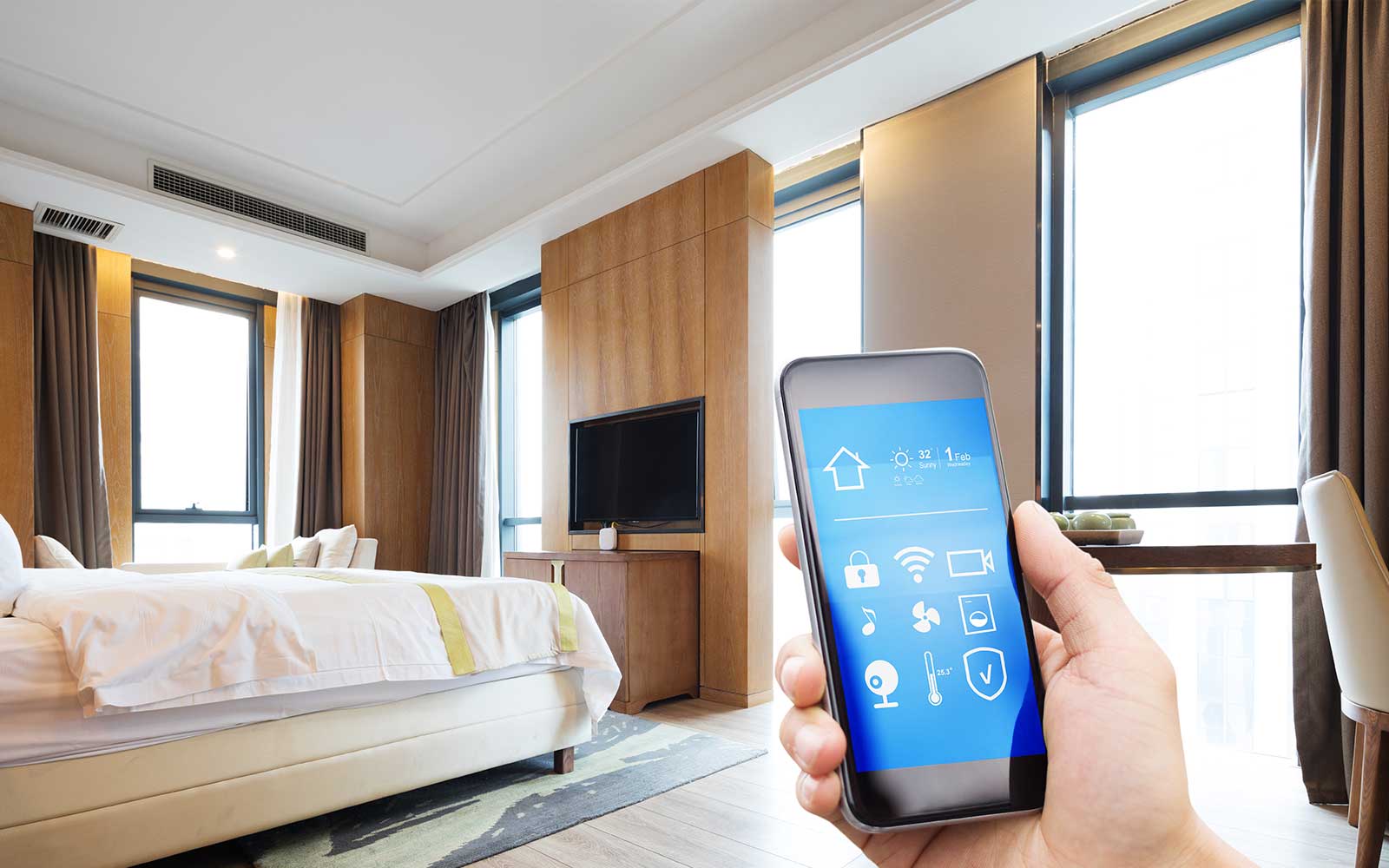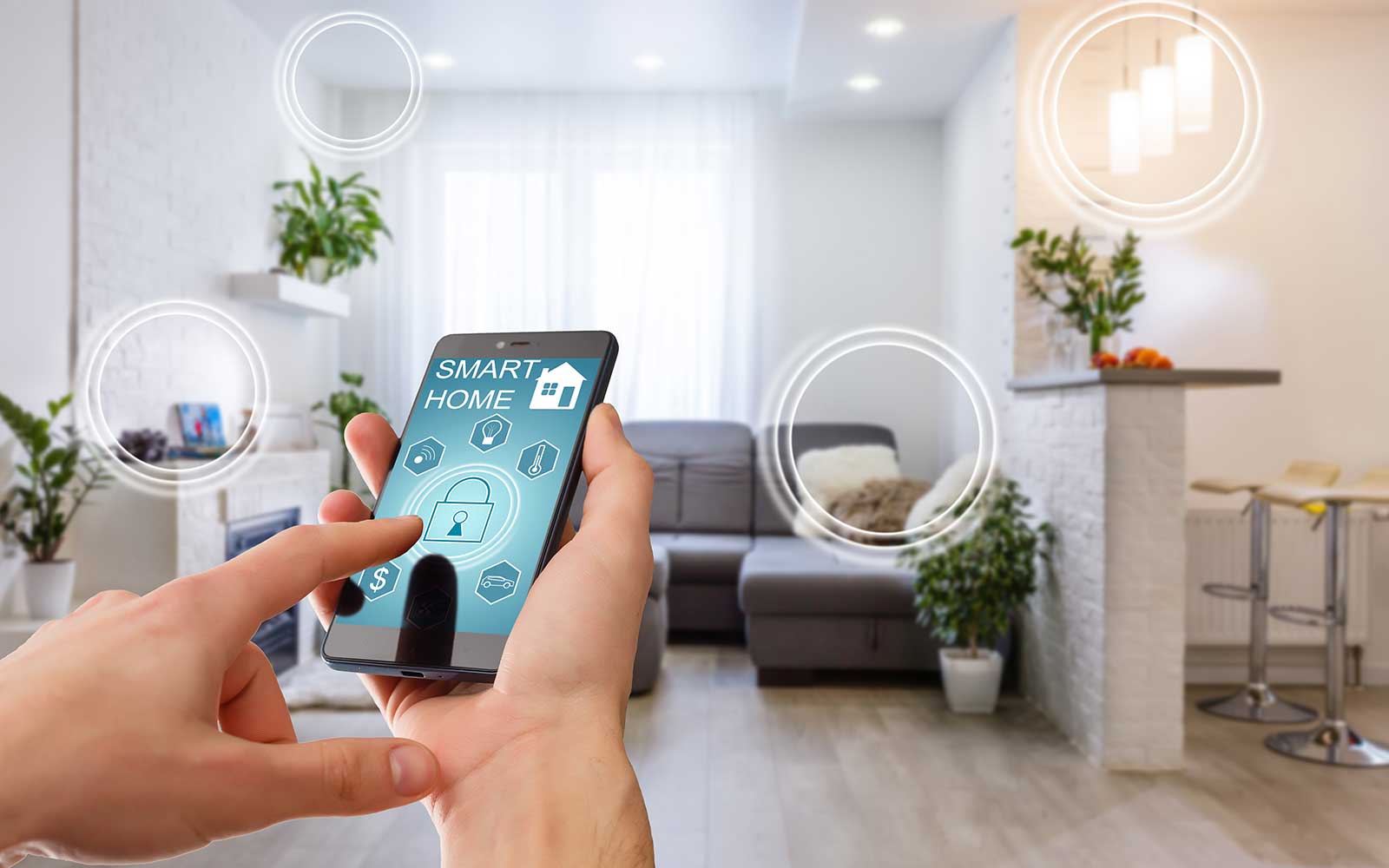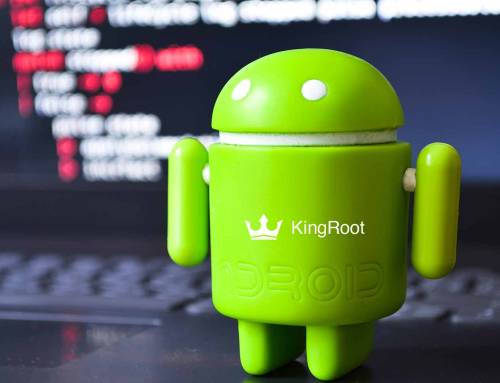Although the idea of the “smart home” has been around for a while, it is only in recent times that it is started to become more mainstream.
The market for smart homes has been expanding quickly as more people seek ways to make their lives more comfortable, safe and be able to conserve energy.
Nonetheless, the revolution in smart homes is just getting started. In this post, we will check on the trends that are expected to revolutionize the smart home sector in the years to come.
Let us explore the key trends that are making smart homes smarter and more user-friendly than ever before, from increased connectivity, artificial intelligence, to energy management and home security.
Keep on reading to learn more about the key trends that will make the future of smart home solution to be even more exciting.
Key Trends Shaping the Future of Smart Home
With technology evolving at an unprecedented pace, the future of smart homes is bound to be even more exciting than what we see today.
Here are some of the key trends shaping the future of smart homes:

Increased Connectivity and Interoperability
As the number of smart home devices continues to grow, the need for these devices to communicate with one another seamlessly becomes more important.
The future of smart homes will see devices that can be easily connected and integrated regardless of the manufacturer or platform. This will allow homeowners to create a truly unified smart home ecosystem that can be controlled through a single interface, streamlining the management of their smart home devices.
Moreover, increased connectivity and interoperability mean that smart home devices will be able to share data with one another, offering users even more personalized and intuitive experiences. For instance, a smart home system can learn a user’s routine and automatically adjust settings based on their habits, such as adjusting the temperature and lighting when they wake up or leave for work.
With this level of connectivity, homeowners can enjoy a truly intelligent home that anticipates and responds to their needs.
Integration of Artificial Intelligence
Integration of Artificial Intelligence AI integration in smart home devices is another major trend to watch out for. AI-powered smart homes could adapt to user preferences. This allows homeowners to have a personalized and improved smart home experience.
Moreover, AI systems can learn a homeowner’s routine and automatically alter temperature and lights to save energy use. AI-powered gadgets may also detect unusual patterns and inform homeowners of concerns like unusual energy use or home activities.
AI can also improve smart home use and convenience. Smart home devices may be managed by voice commands using advanced natural language processing (NLP) technology, making the user experience more conversational and engaging. Smart home systems may learn a homeowner’s lighting and music preferences and modify settings automatically.
Greater Emphasis on Privacy and Security
Smart homes require stronger privacy and security protections. Smart homes use networked gadgets to control lighting, heating, security, and entertainment. Privacy and security are important since they are prone to security breaches and illegal access.
To protect smart homes, manufacturers are investing in new security systems. Manufacturers are protecting smart homes with multi-factor authentication, encryption, and biometrics. They employ these tactics to restrict access and control to authorized users.
Smart home manufacturers prioritize security and privacy. End-to-end encryption and data opt-out are examples. Manufacturers are providing homes with more control over their personal data and securing it with these steps.
Adoption of Voice-Activated Devices
Smart homes voice-activated gadgets such as Amazon’s Alexa and Google Assistant are anticipated to rise in popularity even in the coming years. These devices have made smart home control easier and more intuitive for homeowners.
Smart home devices will become more conversational and interactive as technology advances, making it easier for homeowners to control their homes with voice commands. Homeowners will be able to have natural language conversations with their smart home devices, asking questions and giving commands in a more human-like way.
Smart Home Technology for Aging in Place
Smart homes can provide older adults with greater independence, comfort, and safety, while also enabling caregivers to remotely monitor their loved ones’ wellbeing.
Smart home technologies can help elderly people with mobility or cognitive problems. For instance, smart home sensors can detect falls and notify caregivers, allowing for prompt treatment. Moreover, voice-activated technologies in smart homes allow seniors to control their home environment with simple speech commands.
Furthermore, smart home technologies can assist seniors with prescription reminders and grocery lists. They can also help the elderly in home management like shutting off appliances and changing the temperature.
Energy Management
As concerns about climate change continue to rise, energy management is becoming an increasingly important aspect of smart homes.
Smart homes are seen to use more advanced sensors such as environment luminance sensor and algorithms to optimize energy consumption, reducing waste and carbon emissions.
For example, a smart home system can automatically adjust the thermostat based on weather conditions or turn off lights and appliances when no one is in the room.
Integration with Smart Cities
Smart cities and home automation will improve efficiency and sustainability for homeowners and communities.
Smart homes are seen to integrate with traffic management and public transit systems to make cities more connected and efficient. A smart home system may have used local traffic data to adapt home automation procedures to avoid high traffic hours. This reduces traffic, improves air quality, and saves households time and energy.
Smart residences may also be integrated with public transit, making it easier for residents to go around without automobiles. Smart home gadgets can give real-time public transit timetables and routes, helping homeowners plan trips and reduce automobile use. This may significantly reduce urban traffic and air pollution, making cities more sustainable and habitable.
The Future of Smart Homes is Exciting
In conclusion, the future of smart homes is exciting and full of possibilities. Increased connectivity, AI, privacy and security, voice-activated devices, aging in place, energy management, and integration with smart cities are just a few of the trends that will shape the future of smart homes.
As technology continues to evolve, smart homes will become even more personalized, intuitive, and efficient, revolutionizing the way we live and interact with our homes.
Discover more: White Paper on 2022 Global IoT Security Highlights




